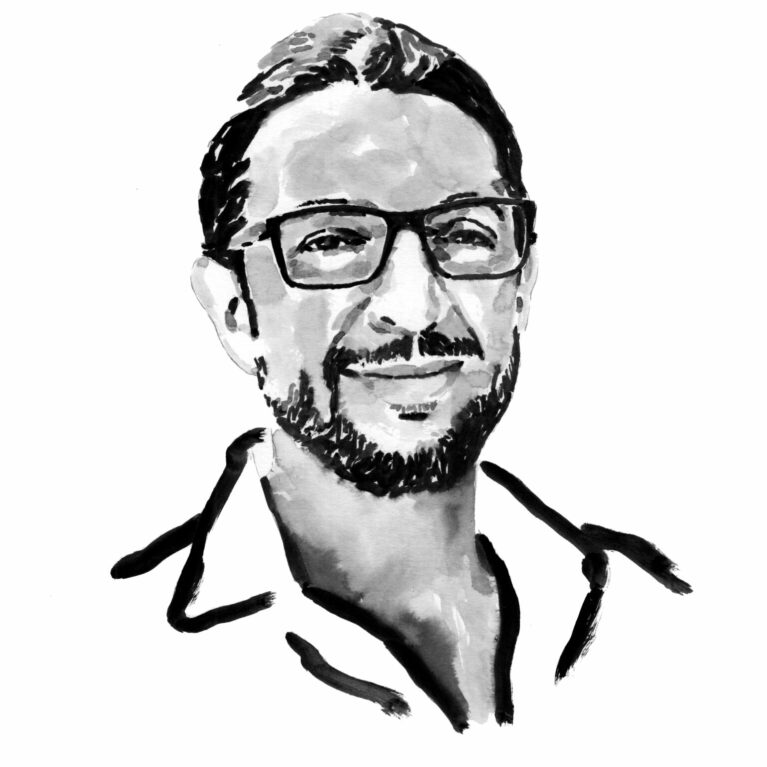Juan Sebastián Torres

Who I am
I am a passionate nature lover who has come to the conclusion that education is the most important way in which people all over the world can better understand the importance of conservation. I first worked as a nature guide in Ecuador’s Amazon rainforest and while exploring different parts of the forest with clients as we searched for wildlife, I noticed the power of ‘experiencing nature’ and how this was connected with knowing and understanding a place that later on you want to see protected. This is when I realised that such a thing as ‘experiential education’ existed and it felt good that I was able to have a positive impact on people and possibly influence them to take action.
Later on I moved to one of the most incredible places on earth, the Galápagos Islands. Here I have worked for the past 10 years leading experiential education programmes with the community. I have been designing experiential activities with local students and teachers of all the schools in the archipelago and also providing professional training to nature guides, park rangers and educators of the Galápagos National Park Directorate. While I’ve been living in the Galápagos, another passion has developed for me: the ocean. I have totally fallen in love with the sea and what it represents, this mysterious place where you can find a huge variety of creatures while snorkelling and where you can connect with the planet in different ways, like surfing waves or paddle-boarding in the bay. The ocean is where I have found freedom, peace and meaning in my life. That is why I am totally engrossed with conserving the ocean – and what better place to start than the rich waters of the Galápagos Islands?
Where I work
The Galápagos Islands make up an archipelago in the East Pacific that is known for its incredible biodiversity and high level of endemism. They have been declared a natural World Heritage Site and the Ecuadorian government has proclaimed 97% of their territory a national park, which includes a 133,000-square-kilometre (51,350-square-mile) marine reserve, the second largest marine protected area in the world. Endemic and incredible creatures inhabit the islands and its waters, species like marine iguanas, penguins and sea lions as well as whales, sharks and sea turtles, among thousands of others. Four of the islands are inhabited, with an estimated population of 25,000. The demand for resources from the mainland has grown significantly and economic activities like tourism and fishing have increased as well. Threats such as illegal fishing, plastic pollution and the introduction of invasive species are all having an impact on the ecosystems and the conservation challenges are numerous. The formal education system in the islands’ schools is not adapted to the local reality, so the poor understanding of the archipelago’s dynamics has led to many people being disconnected from nature.
What I do
I like to think of myself as the guy who connects the community with nature through experiential learning. I am in charge of the Charles Darwin Foundation’s (CDF) Education Program and part of my job is to design activities that connect people with the environment. At the heart of the programme are experiential activities as part of both formal and informal education systems in the islands and I make use of recognised science education, inquiry-based learning and citizen science, among other teaching methodologies. Integral to all our activities is a strong focus on marine education, which means that developing swimming, snorkelling and fish identification skills in all participants is essential.
